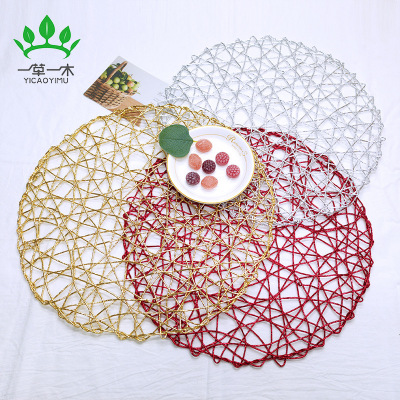From the dining table to culture: the story behind Chinese placemats
In China, the dining table is not only a feast for the taste buds, but also a place where culture and emotions intersect. In this space, every dish and utensil carries a love and respect for life. And the placemat, this seemingly insignificant dining table accessory, actually contains rich cultural connotations and stories. Today, let's step into the world of Chinese placemats together, exploring their unique charm from the dining table to culture.
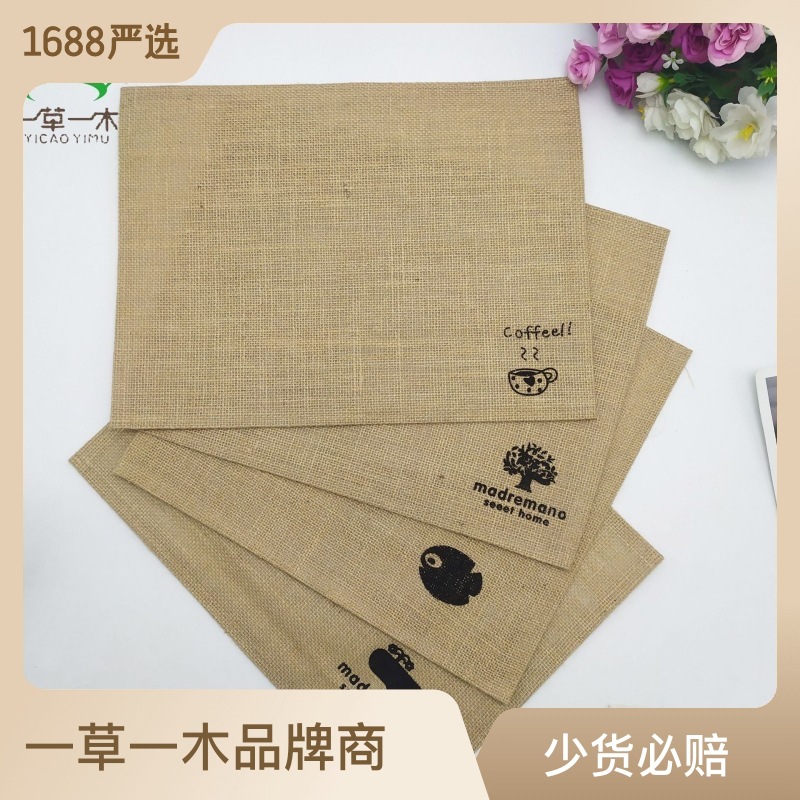
Mat: Guardian of the dining table
A placemat, as the name suggests, is a small item used to protect the dining table from stains, oil stains, and high temperature damage. It is usually made of various materials such as cotton, hemp, bamboo, paper and cloth, each with its own characteristics and functions. Cotton placemats have strong water absorption and are easy to clean; Hemp meal mats are insect and moth resistant, with good durability; Bamboo placemats have the best thermal insulation and can effectively prevent damage to the dining table from high-temperature items; Paper cloth placemats are known for their environmental friendliness and excellent insulation properties. In modern life, placemats are no longer just practical items, but have become an important element in enhancing dining table style and showcasing lifestyle taste.
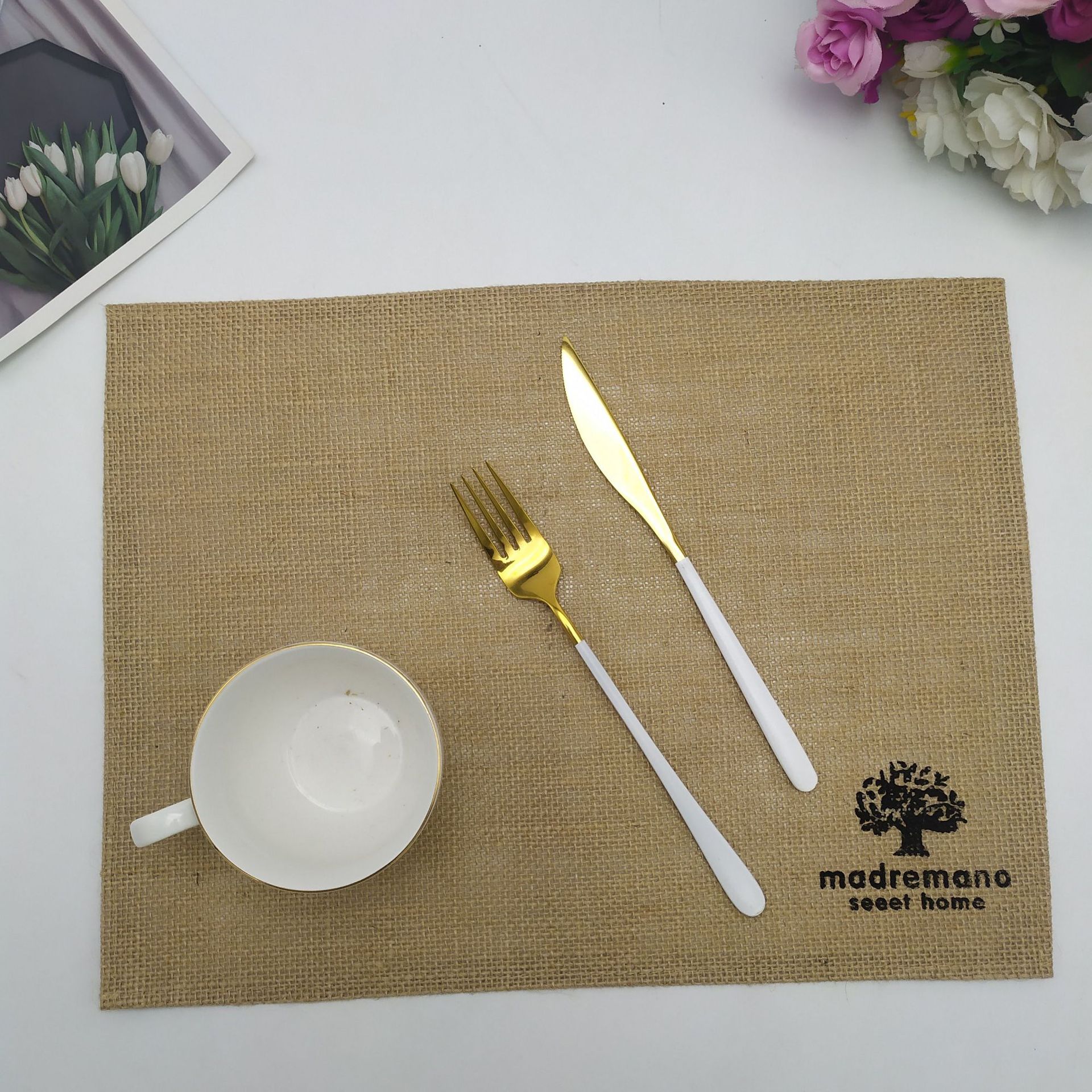
From Material to Design: Cultural Inheritance and Innovation
The design of Chinese placemats often combines tradition and modernity, practicality and aesthetics. Whether it's the simple and atmospheric ink printing or the antique calligraphy and hemp printing, they all reveal a strong Chinese cultural atmosphere. Especially those placemats inspired by traditional Chinese cultural elements, such as Chinese knots, peonies, plum blossoms, etc., are not only beautiful and generous, but also symbolize good wishes such as good luck, prosperity, and peace. These designs not only reflect the breadth and depth of Chinese culture, but also show the love and pursuit of Chinese people for life.
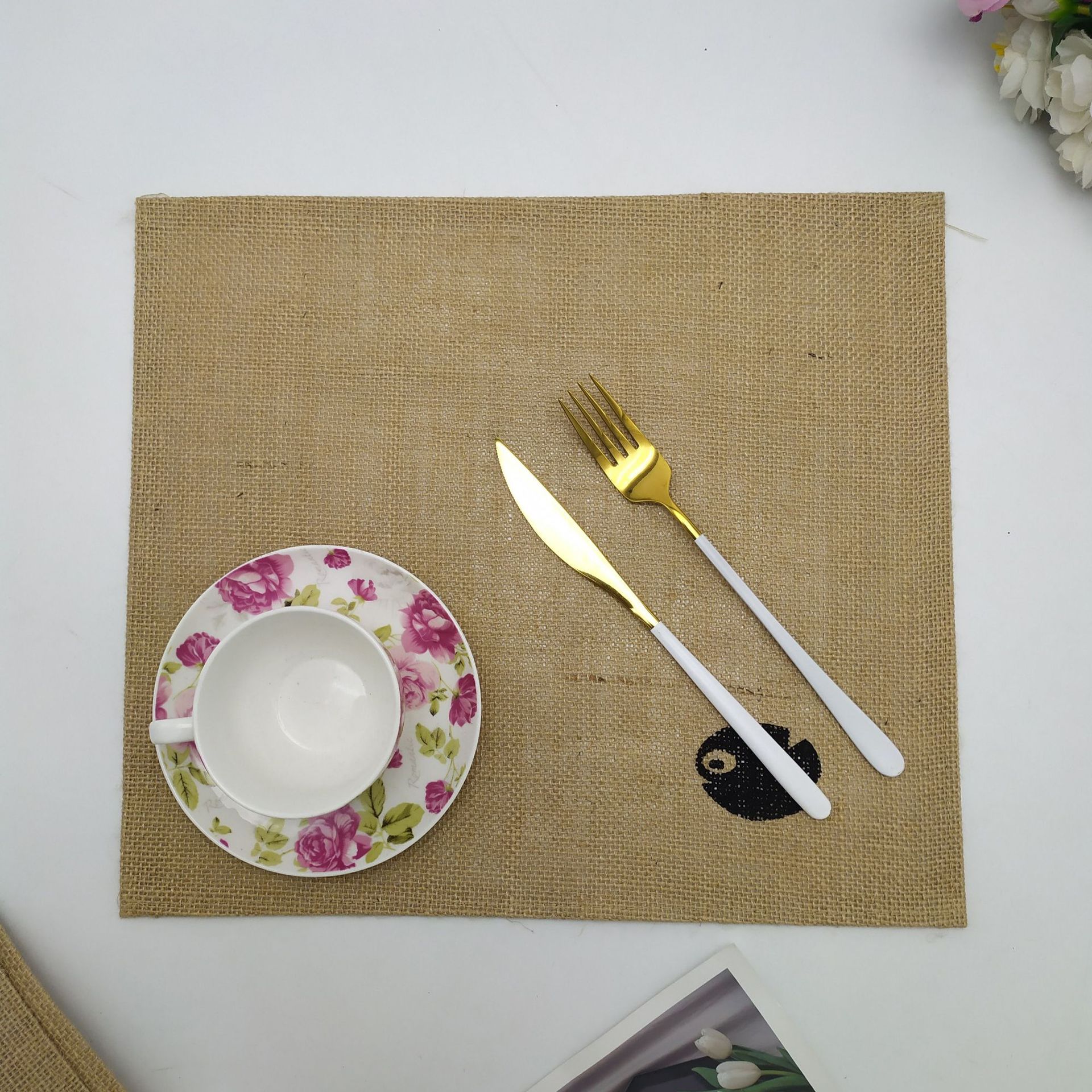
In the fourth district of Yiwu International Trade City in China, there are numerous enterprises specializing in the production of placemats, such as Yiwu Tianran Daily Necessities Company. The company is committed to combining traditional culture with modern design concepts and has launched a series of placemat products that meet the aesthetic needs of modern people and contain profound cultural heritage. These products are not only popular in the domestic market, but also exported overseas, becoming an important carrier for spreading Chinese culture.
The story behind the placemat: the bond between emotions and memories
Behind every placemat, there may be a heartwarming story or a profound emotion. At family gatherings, a placemat with a family emblem or special pattern can instantly bring each other closer and strengthen family bonds; A uniquely designed placemat can become the focus of conversation and add fun to a gathering with friends. In addition, placemats are often given as gifts to family and friends, symbolizing care and blessings for each other's lives.
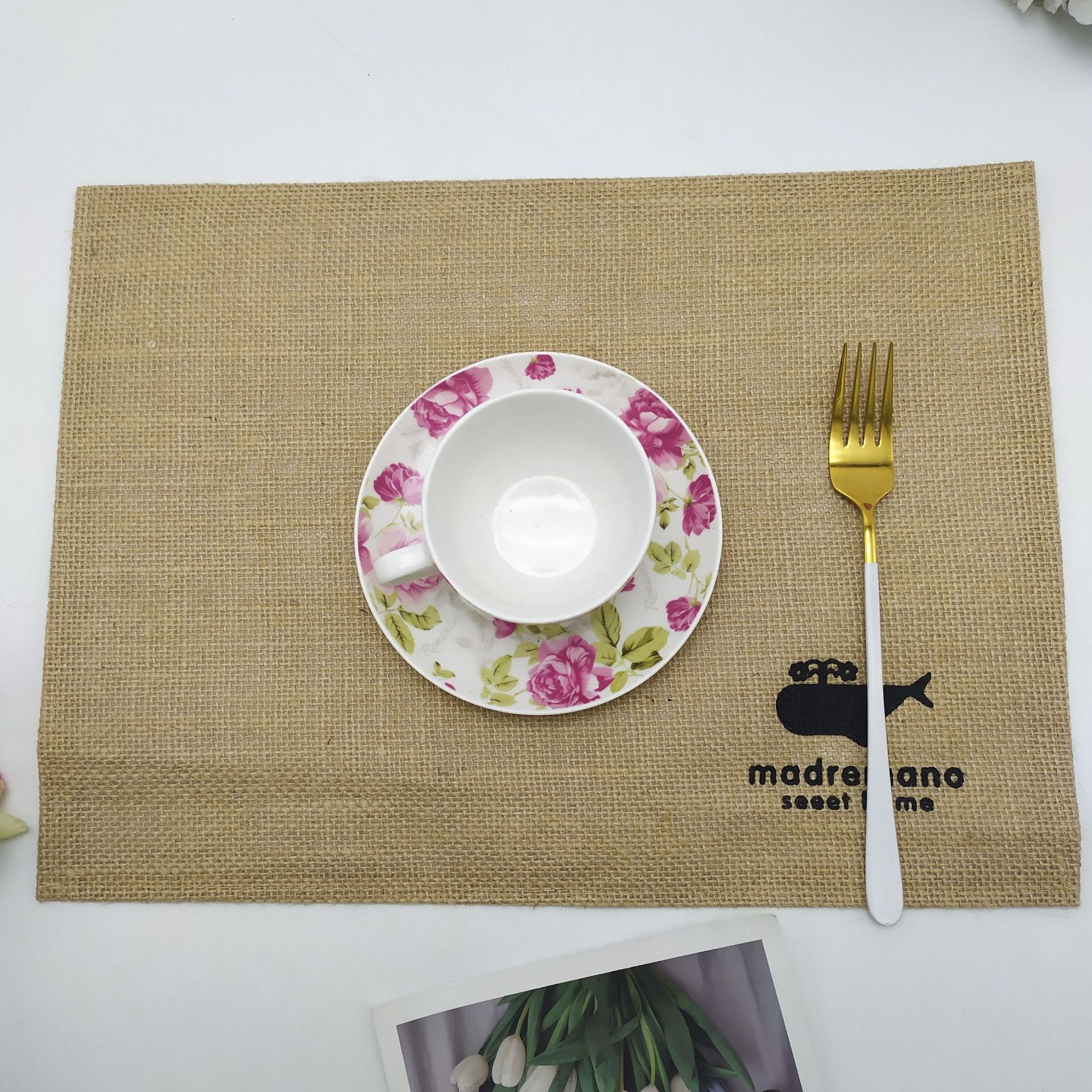
In China, placemats are not only a table utensil, but also a cultural heritage and emotional expression. It has witnessed countless family reunions and separations, recorded the changes of time and the flow of emotions. Every time you use a placemat, it is a dialogue with the past and a tribute to traditional culture.
epilogue
From the dining table to culture, Chinese placemats have become a bridge connecting the past and the future with their unique charm. It is not only a representative of practical products, but also a inheritor of Chinese culture. In this rapidly changing era, let us cherish this cultural treasure from the dining table together and feel the stories and emotions behind every placemat with our hearts.


